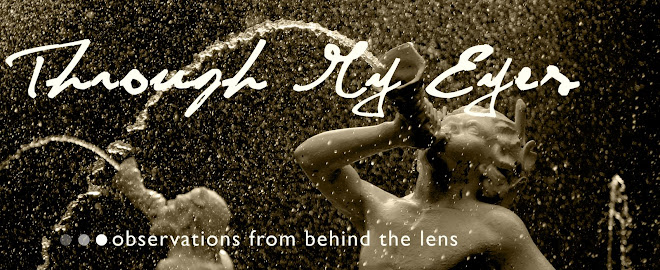For months, Michael Vick has been hovering on the periphery of the headlines, as reporters covered his bankruptcy, prison release, and ultimately his signing by the Philadelphia Eagles. Even though Jessie Jackson compared him to Jackie Robinson—
 sorry, I can’t do that one justice—Vick was a mediocre quarterback at best in Atlanta. His career completion rate hardly made it above fifty percent. But when it came to being a thug, he was all-world. He’s a convicted felon. He apparently tried to smuggle pot through an airport, so he’s probably not remembered as a scholar athlete from Virginia Tech. And he flipped off the Atlanta fans after an ugly loss.
sorry, I can’t do that one justice—Vick was a mediocre quarterback at best in Atlanta. His career completion rate hardly made it above fifty percent. But when it came to being a thug, he was all-world. He’s a convicted felon. He apparently tried to smuggle pot through an airport, so he’s probably not remembered as a scholar athlete from Virginia Tech. And he flipped off the Atlanta fans after an ugly loss.On a day when Ted Kennedy’s death probably should have still led the headlines, regardless of what you think of him, Vick’s smirking mug accompanied the lead story of ESPN, the Atlanta Journal and Constitution, and even the Wall Street Journal. You would have thought Elvis was singing the national anthem. I watched a few minutes of the Eagles’ preseason game. I’m not sure why—curiosity I suppose. Maybe I was hoping to see PETA members charge the field, flying batteries, or the warden from “Cool Hand Luke” show up for a beat-down. The Philadelphia fans cheered wildly every time Vick entered the field, albeit only six times. And Vick was anything but spectacular.
I suppose as a Christian I’m supposed to be all about forgiveness. But its difficult when I’m so tired of our society celebrating overpaid thug athletes. Remember Ray Lewis? Did you too wonder why Dante Stallworth got a 30-day sentence after being convicted for vehicular manslaughter after killing a pedestrian while driving drunk. How did Pacman Jones keep an NFL job?
But tonight, there was an uplifting alternative airing on ESPN. While the Warner Robins All-Stars couldn’t pull out a victory, losing in the bottom of the last inning, they and their California opponents put on a clinic in sportsmanship. For every fault found in professional sports, the volunteers and players in Little League Baseball have it all right. They didn’t win. And they didn’t commit any crimes and go on to garner headlines for months. Instead, they played baseball for the best reason—for fun. So while the kids from Warner Robins are done and headed back to school, they go home winners in my book. Let’s see some more headlines about that.







